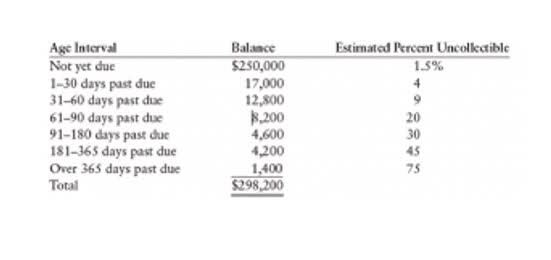
S Corporations pay tax through their individual income tax returns, which is called pass-through taxation. S corps can choose an accounting method that’s best suited to reporting the income and expenses of a particular company. They can choose the cash method or a hybrid method of accounting. Cash-based accounting is much simpler than accrual basis accounting. In cash-based accounting, you record revenue when you receive it, and record payments when they are made. This method is usually limited to small businesses in the service industry that has no inventory.
UpCounsel accepts only the top 5 percent of lawyers to its site. Lawyers on UpCounsel come from law schools such as Harvard Law and Yale Law and average 14 years of legal experience, including work with or on behalf of companies like Google, Menlo Ventures, and Airbnb. On the other hand, the cash method posts revenue and expenses based on cash inflows and outflows.
Tax Planning Strategies
Owner A does not have another job, so he has to pay taxes at the 12% rate. Owner B has another job and has another $60,000 income to report. If businesses are caught breaking these rules, they’re subject to three years of back-taxes bookkeeping for s corp from the IRS. Once a business loses S corp status, they cannot reapply for another five years. Adjusted basis cannot be below zero, but using this formula for calculating adjusted basis often results in a negative number.

This content is for information purposes only and should not be considered legal, accounting or tax advice, or a substitute for obtaining such advice specific to your business. No assurance is given that the information is comprehensive in its coverage or that it is suitable in dealing with a customer’s particular situation. Intuit Inc. does not have any responsibility for updating or revising any information presented herein. Accordingly, the information provided should not be relied upon as a substitute for independent research. Intuit Inc. does not warrant that the material contained herein will continue to be accurate nor that it is completely free of errors when published. Read stories from three business owners and discover how QuickBooks Live Bookkeeping provided a boost for their small business.
small business owner’s guide to bookkeeping
Loans can be short term to be repaid in one year or less, or they can be long-term loan to be repaid in more than a year.
The OPI service is a federally funded program and is available at Taxpayer Assistance Centers (TACs), other IRS offices, and every VITA/TCE return site. Go to IRS.gov/Coronavirus for links to information on the impact of the coronavirus, as well as tax relief available for individuals and families, small and large businesses, and tax-exempt organizations. If no market exists, or if quotations are nominal because of an inactive market, you must use the best available evidence of fair market price on the date or dates nearest your inventory date. When you offer merchandise for sale at a price lower than market in the normal course of business, you can value the inventory at the lower price, minus the direct cost of disposition.
Chart 2 – S Corporation Shareholders
It is, however, important to know that the IRS may investigate the reasonableness of salaries paid to shareholders, as well as the division between income distributions and salaries. An election for tax status should be made not more than two months and fifteen days in the year the election is supposed to take effect. Looking at a calendar year, the last day of the election should be March 15th.

This advantage is not granted to all S Corporations, however, as different states and municipalities have variations in tax laws. S Corporation shareholders will be able to save $3,060 in payroll income tax. Shareholders in an S Corporation can receive both salaries and income distributions from the company, which will result in a lesser tax bill. An S Corporation deducts salary from company expenses before distributing income to shareholders.
Excel bookkeeping vs. online bookkeeping
An S corporation is essentially a regular corporation that has applied for “S corporation” tax status. S corp shareholders report pass-through income on their personal income tax returns. By reporting income here, S corporation shareholders avoid double taxation. While most LLC owners will not elect to file as a C corp, due to the high corporate income tax rate of 21%, LLC owners can choose to file taxes as an S corp and take advantage of lower individual tax rates. You must use a system that clearly reflects your income and expenses and you must maintain records that will enable you to file a correct return. In addition to your permanent accounting books, you must keep any other records necessary to support the entries on your books and tax returns.
There are several sources to consider when calculating your stock basis. Common ones include capital contributions, ordinary income, investment gains and income, and charitable contributions. $60,000 in income, combined with the $25,000 profit from the S corp, pushes him into the 24% tax rate.